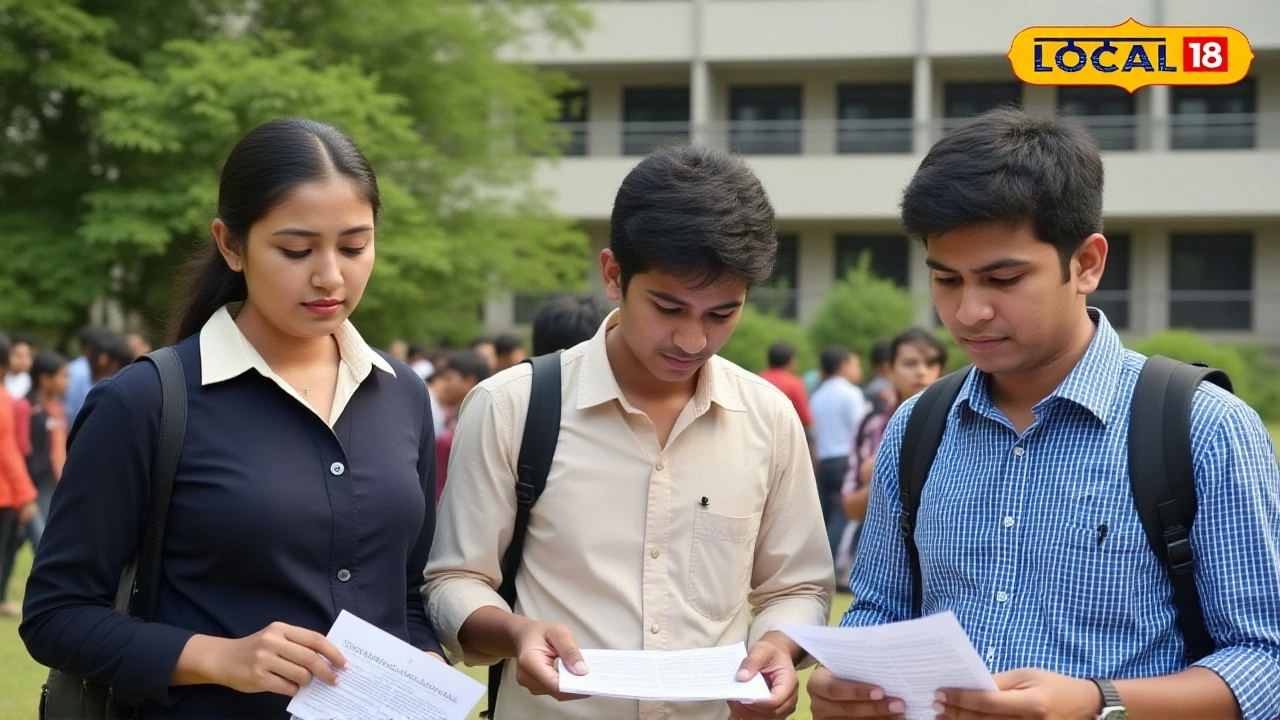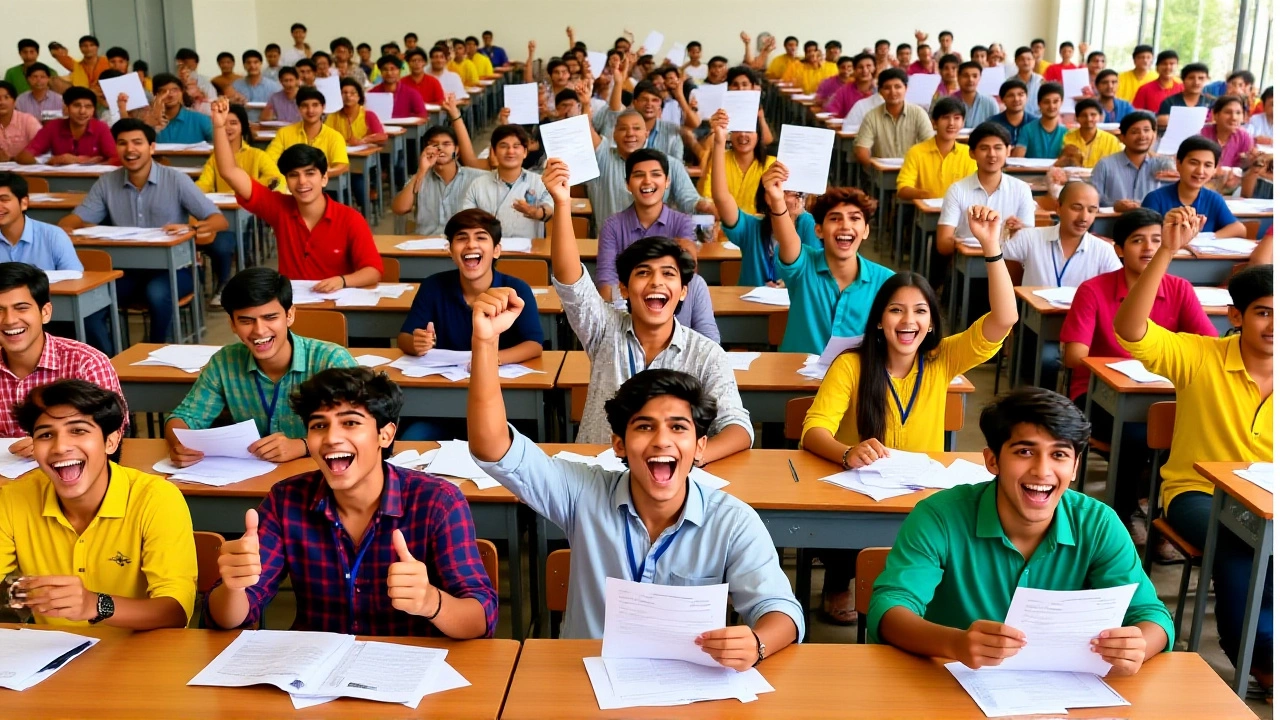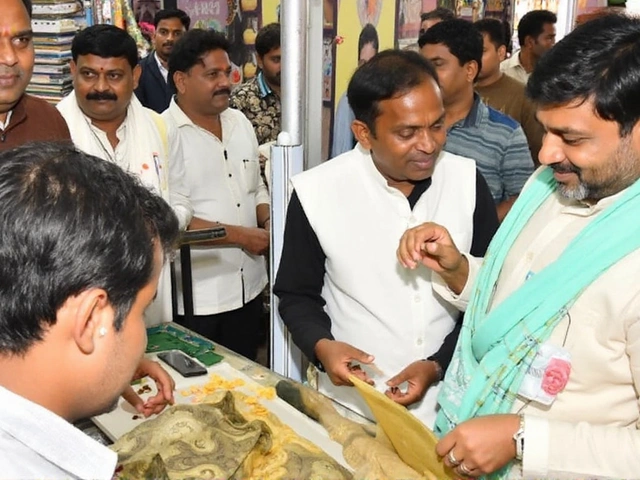When the Railway Recruitment Board opened applications for its 2025 Non-Technical Popular Categories (NTPC) exam, it didn’t just get a flood of applicants—it got a tsunami. 12,167,679 people signed up for just 8,868 vacancies, turning what’s supposed to be a government job opportunity into one of the most competitive hiring processes in modern Indian history. The numbers are staggering: over 1,370 applicants for every single post. For undergraduate-level roles, it’s worse—nearly 2,069 candidates vying for each spot. This isn’t just about jobs. It’s about security, dignity, and a lifeline in a country where formal employment remains elusive for millions.
The Scale of the Rush
According to official data released by the Railway Recruitment Board on September 19, 2025, over 6.3 million candidates applied for 12th-pass level positions (CEN 07/2025), while nearly 5.8 million went for graduate roles (CEN 06/2025). The Railway Recruitment Control Board, which oversees the entire process, confirmed the figures on its portal, rrbcdg.gov.in. What’s remarkable isn’t just the volume—it’s the timing. The notification dropped on October 27, 2025, and within weeks, the system was overwhelmed. The deadline for graduate applications was extended from November 20 to November 27, 2025, after applicants flooded the portal. For UG posts, the window stayed open until December 4, 2025, with fee payments accepted until November 29 and document corrections allowed from November 30 to December 9.
The fee structure itself tells a story: ₹500 for General/OBC candidates (₹400 refundable after appearing in CBT-1), and ₹250 for SC/ST/EWS/PwBD applicants (fully refundable). That’s a small price to pay for a shot at a job that pays between ₹25,500 and ₹35,400 per month under the 7th Central Pay Commission. For many, especially in rural India, this isn’t just a salary—it’s a generational upgrade.
The Selection Gauntlet
Clearing the RRB NTPC isn’t like applying for a corporate job. It’s an obstacle course. First comes CBT-1, then CBT-2—both computer-based, both high-stakes. For roles like Station Master or Traffic Assistant, candidates must pass a Computer Based Aptitude Test (CBAT). Typing tests follow for clerical positions. Then, there’s document verification, where even a mismatched caste certificate or a typo in a date of birth can end your dream. Finally, a medical exam. One slip-up at any stage, and you’re out. And with over 12 million applicants, the margin for error is razor-thin.
The RRB NTPC UG CBT 2 Exam 2025 across India is scheduled for December 20, 2025. That’s the next checkpoint. But even before that, candidates are scrambling to fix errors in their applications. The correction window—November 30 to December 9—is a lifeline for thousands who uploaded blurry photos, wrong pin codes, or mismatched educational certificates. One student from Patna told a local reporter: “I spent three days re-uploading my 12th marksheet. If I miss this, I won’t be able to afford another attempt.”

Why So Many? The Bigger Picture
This isn’t an anomaly. It’s the logical endpoint of decades of economic strain. India’s youth unemployment rate hovers around 20% for those aged 15–29, according to the Centre for Monitoring Indian Economy. Meanwhile, the government’s annual job creation averages just 2 million formal jobs—far below the 12 million new entrants to the labor market each year. The railways, with their stability, pension, healthcare, and social prestige, are the closest thing to a guaranteed future.
Compare this to private sector hiring: a tech startup might recruit 50 engineers a year. The RRB NTPC 2025 had over 12 million applicants for 8,868 roles. That’s not competition—it’s desperation dressed as aspiration. And it’s not just about money. It’s about identity. A railway job means your name is in the official gazette. Your children can apply for reserved seats in schools. Your family gets medical benefits. You don’t have to beg for a contract renewal.
What’s Next? The Waiting Game
After the December 20 CBT-2, results will roll out in January 2026. Then come the CBATs and typing tests—scheduled for February. Document verification will stretch into March. The final merit list? Likely by May. That’s seven months of anxiety for millions. Some candidates have already started preparing for the next cycle—RRB NTPC 2026—while still waiting for 2025 results. The cycle never ends.
Experts warn this isn’t sustainable. “We’re turning public sector recruitment into a lottery,” says Dr. Anjali Mehta, an education policy analyst at the Indian Institute of Public Administration. “The system rewards persistence over potential. We need to rethink how we measure merit.” But for now, the queues remain long. The portal stays busy. And every day, another 20,000 people check their application status.

Key Dates to Remember
- October 27, 2025: Notifications for CEN 06/2025 (Graduate) and CEN 07/2025 (UG) released
- November 27, 2025: Deadline for Graduate applications (extended from Nov 20)
- December 4, 2025: Final deadline for UG applications
- November 30 – December 9, 2025: Application correction window
- December 20, 2025: RRB NTPC UG CBT 2 Exam
- January 2026: Expected CBT-2 results
Frequently Asked Questions
How many people applied for RRB NTPC 2025, and how many vacancies are there?
A total of 12,167,679 candidates applied for 8,868 vacancies in RRB NTPC 2025, resulting in an overall applicant-to-vacancy ratio of approximately 1,372:1. For graduate-level posts, the ratio is about 1,005:1, while for 12th-pass roles, it’s nearly 2,069:1, making it one of the most competitive government exams in India.
What is the salary range for RRB NTPC 2025 selected candidates?
Selected candidates will be placed in the 7th Central Pay Commission pay matrix, with salaries ranging from ₹25,500 to ₹35,400 per month. Additional allowances—such as house rent, travel, and dearness allowance—can push the total compensation well above ₹40,000, depending on posting location and role.
What are the key stages in the RRB NTPC selection process?
The selection involves four main stages: First Stage CBT, Second Stage CBT, a Computer Based Aptitude Test (CBAT) or Typing Test (for specific roles), and finally Document Verification and Medical Examination. Candidates must clear each stage to proceed. Failure at any point disqualifies them, even if they scored high earlier.
Why was the application deadline extended for graduate posts?
The deadline was extended from November 20 to November 27, 2025, due to overwhelming demand and technical glitches on the RRB portal. Thousands of applicants reported server crashes and upload failures in the final days. The Railway Recruitment Board acknowledged the issue and granted a seven-day extension to ensure fair access, especially for candidates in rural areas with limited internet access.
Can candidates change their post preferences after submission?
No. Once the application is submitted, post preferences are locked. Candidates must carefully review their choices before final submission. The RRB explicitly warns that changes will not be permitted after the deadline, even during the correction window, which only allows edits to personal details, photo, and signature—not job preferences.
What documents are most commonly rejected during verification?
The most common rejections involve mismatched names across certificates, unclear or low-resolution scanned documents, expired caste certificates, and incorrect date of birth entries. Candidates often upload blurry photos or signatures that don’t match their ID proof. The RRB advises applicants to keep original documents ready and cross-check every detail against their Aadhaar and educational records before applying.




